
AWA Tree Consultants in the Arb Magazine
29th November 2019
Tree Surveys in Yorkshire and Beyond!
6th January 2020Joseph Beuys: The Art of Arboriculture
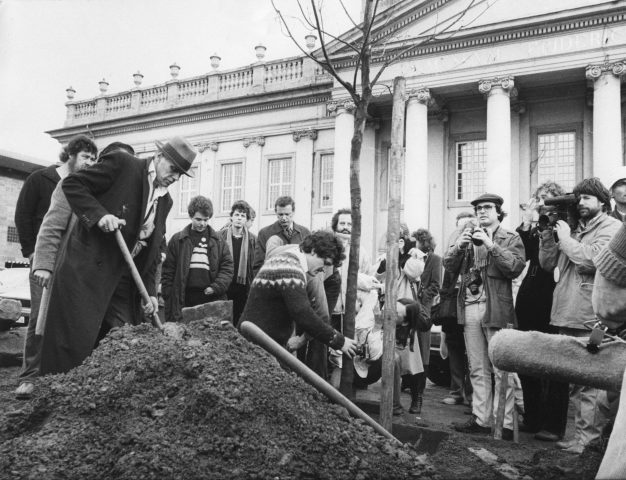
Joseph Beuys digging
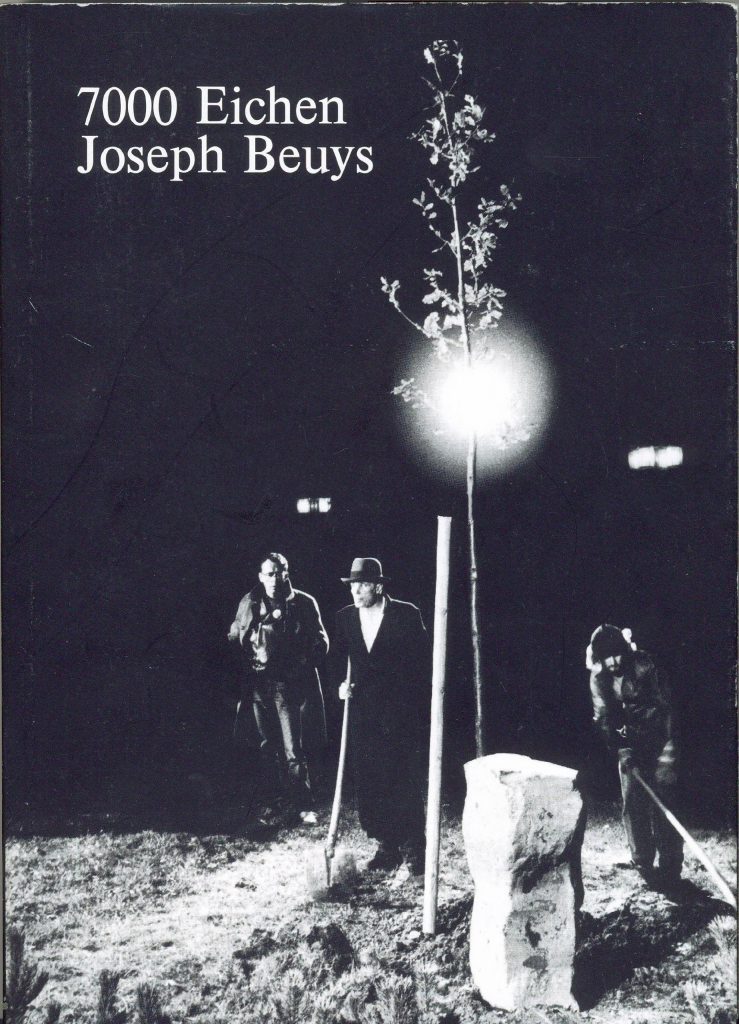
Many great artists have drawn or painted trees, yet increasingly artists have used trees not a subject but as the substance of the art itself. Some of the best art using trees includes chainsaw sculptors carving into dead or fallen trees, or tree-shaping – making living trees grow into artworks – or artists harnessing the natural colour and beauty of trees to sculpt amazing geometric shapes. Here AWA Tree Consultant Dr Felicity Stout details
what is possibly the best example of the Art of Arboriculture, in the fascinating story of the Artist and ‘social sculptor’, Joseph Beuys:
In March 1982, 7000 basalt rocks appeared on the lawn of the Fridericianum, the oldest public museum in Kassel, Germany. At first glance, they seem to have been dumped there, haphazardly, carelessly, or as the ultimate insult to the grandeur of the museum.
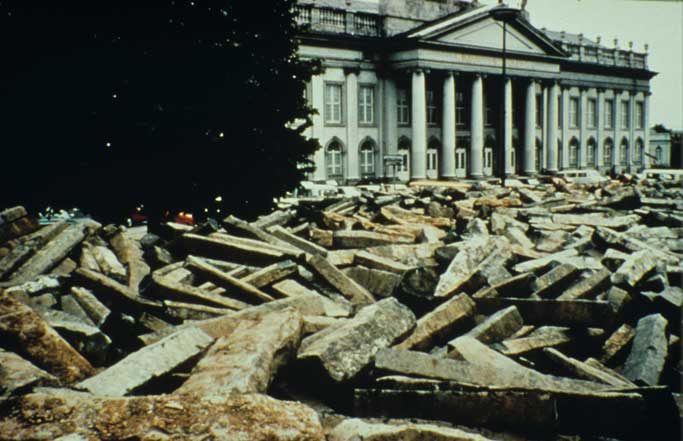
But once seen from a height, from a different perspective, it becomes clear that the huge pile of rocks had been intentionally placed in the shape of an arrow pointing in one direction – towards a recently-dug hole and a newly-planted young oak tree.
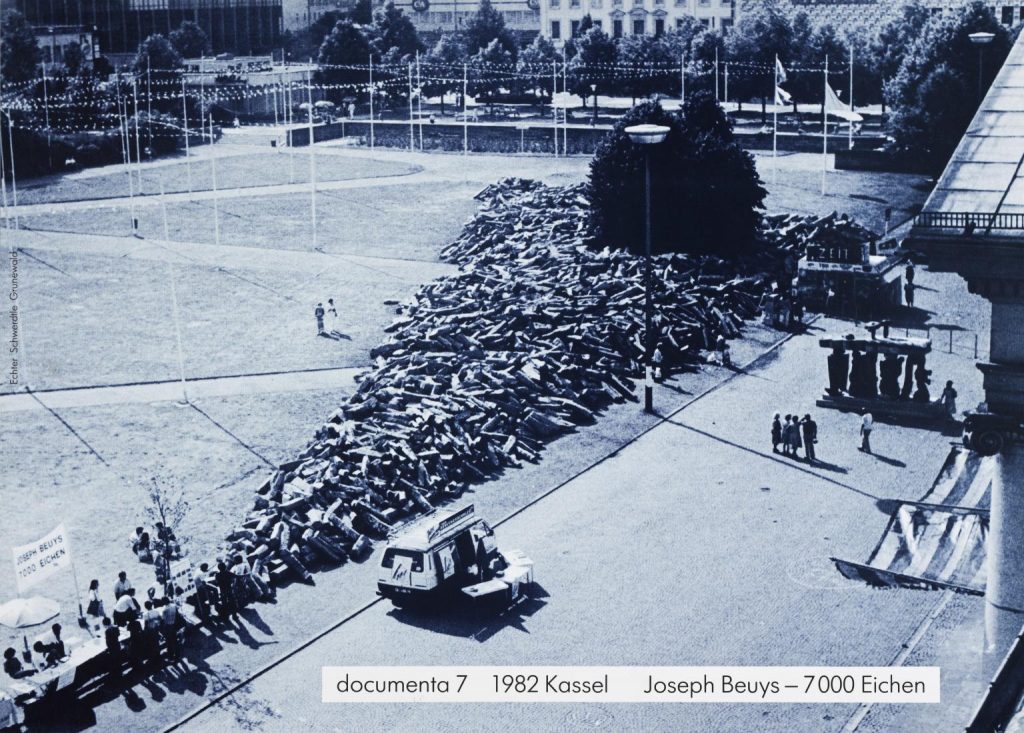
Artist and ‘social sculptor’, Joseph Beuys, the instigator of the great pile of rocks, is pictured here in long coat, jeans and hat, and the almost incongruous spade, filling in the hole of the newly planted young oak tree and its accompanying columnar basalt rock, from the adjacent pile, surrounded by photographers and onlookers.
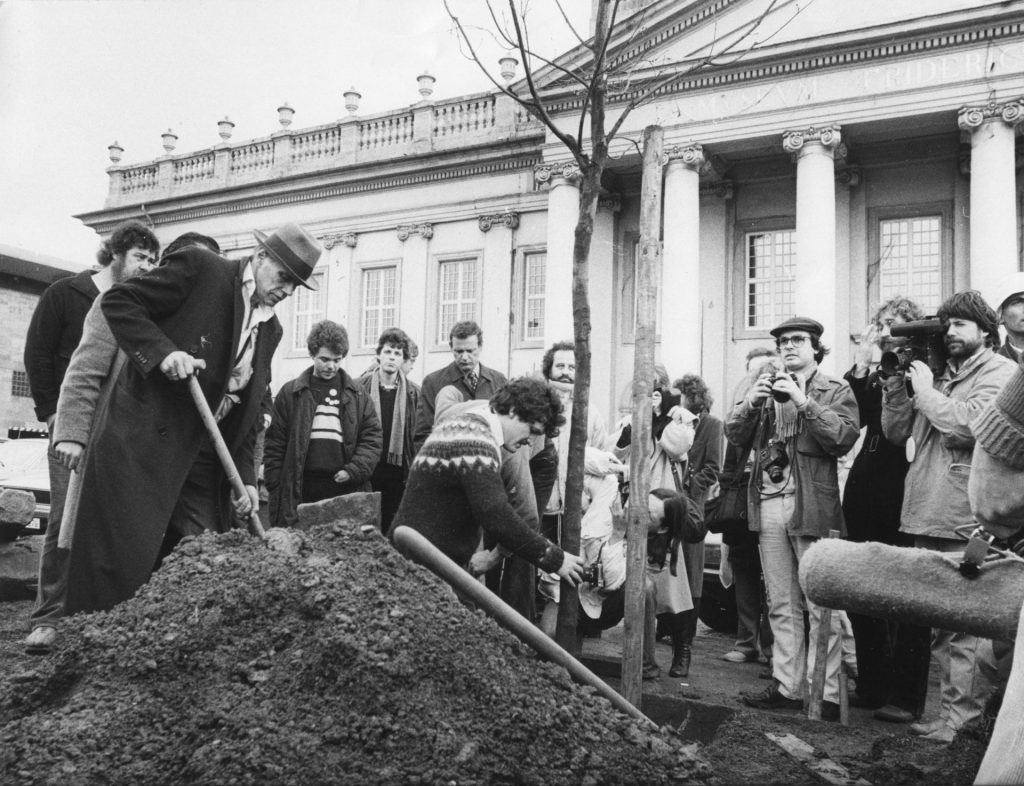
Beuys, already a well-known and prolific artist by the 1980s, had been invited to create a piece of art for the Documenta 7 (1982) – a quinquennial Contemporary Art exhibition in Kassel, Germany. And ‘7000 Eichen’ was his response.
The full title of Beuys’ contribution, ‘7000 Eichen – Stadtverwaldung statt Stadtverwaltung’, roughly translates as ‘7000 Oaks – City Afforestation instead of City Administration’.
The message was pretty clear, but what was intended by the work?
Beuys announced that a basalt rock from the huge pile could only be removed from the lawn if it were to be accompanied by the planting of a new oak tree in the city. There were 7000 basalt rocks on the lawn of the Fridericianum – this meant 7000 oaks to be planted in the city of Kassel in order to bring the lawn and surroundings back into order, but more importantly to highlight humans’ absolute dependency on the larger ecosystem of trees and plants and the necessity for a closer connection to trees in the urban environment. Beuys wanted to make “the world a big forest, making towns and environments forest-like”.
Beuys’ ‘7000 Eichen’ caused a storm in the media, as well as much controversy and conflict in the city of Kassel itself. It was supported by the Mayor of Kassel, and taken forward by the DIA Art Foundation and the Free International University. Many volunteers, inspired by Beuys’ ideas, came forward to help with the planting of the 7000 trees. But amongst all the support, there was denigration and extensive criticism of the project and of the perceived ugliness of the basalt stones on the streets, as well as the remaining stones lying on the lawn of the Fredericianum, as a constant reminder of the work left to be done.
For Beuys, ‘7000 Eichen’ was not an individual work or event or even an art installation, but ‘social sculpture’ in action – both the culmination and simultaneous beginning of his life’s work, creating and pursuing the idea and practice of art as a regenerative process to which everyone contributes.
Beuys’ idea of ‘social sculpture’ was that the whole of society should be regarded as art; that art has the potential to bring about revolutionary change; and that everyone can contribute creatively to it – in short, that ‘everyone is an artist’.
From the road-sweeper cleaning the road, to the volunteer who planted one of Beuys’ 7000 oaks, to the engineer who designed the planting pits in the street – everyone is an artist – creating art with their actions, and contributing creatively to the great art of life and society and the future social order.
Beuys’ action, or shall we say his art, speaks for itself. As does the far-reaching impact of his work – the photo below shows an oak tree (possibly Pin Oak?) with its accompanying columnar basalt rock in New York, just one of many places where Beuys’ legacy is still apparent.
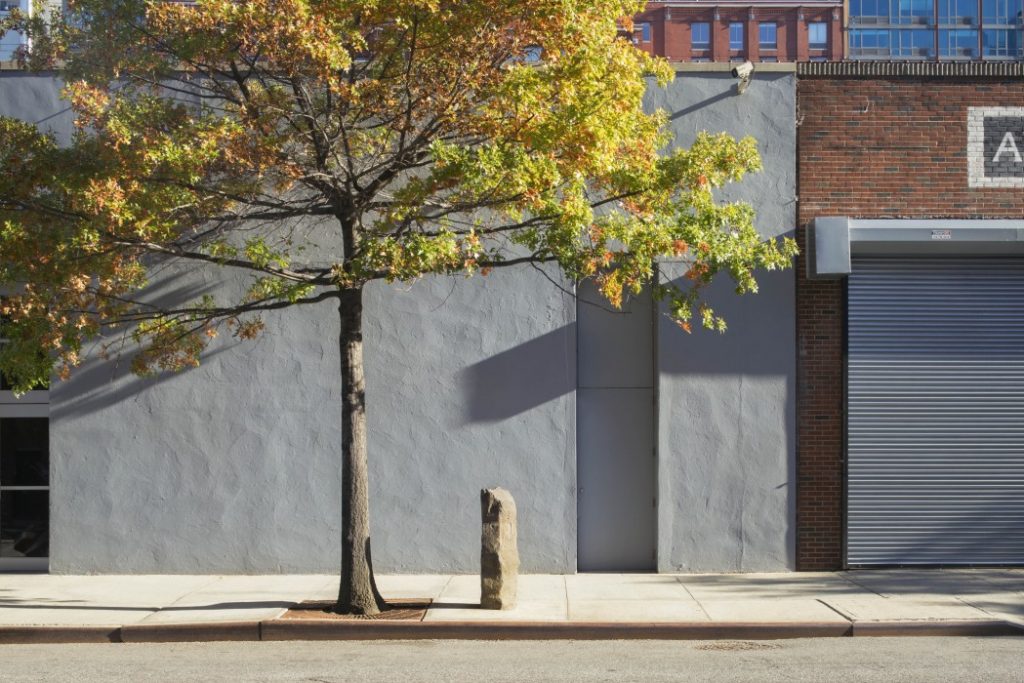
Joseph Beuys, 7000 Eichen (7000 Oaks), inaugurated at Documenta in 1982. © Joseph Beuys/Artists Rights Society (ARS), New York. Photo: Bill Jacobson Studio, New York
Alongside the tangible impact of his work, his verbal responses in interviews following ‘7000 Eichen’ are enlightening and challenging. He explores the dynamic between the planted tree and the columnar basalt rock, acting as a symbolic marker ‘of the transformation of all life, society, and of the whole ecological system’.
In Beuys’ own words, then, “My point with these seven thousand trees was that each would be a monument, consisting of a living part, the live tree, changing all the time, and a crystalline mass, maintaining its shape, size and weight. This stone can be transformed only by taking from it, when a piece splinters off, say, never by growing. By placing these two objects side by side, the proportionality of the monument’s two parts will never be the same.
“So now we have six and seven year old oaks and the stone dominates them. In a few years’ time, stone and tree will be in balance, and in twenty to thirty years’ time, we may see that gradually the stone has become an adjunct at the foot of the oak.” Joseph Beuys, quoted in Johannes Stuttgen, Beschreibung eines Kunstwerkes, Dusseldorf: Free International University, 1982.
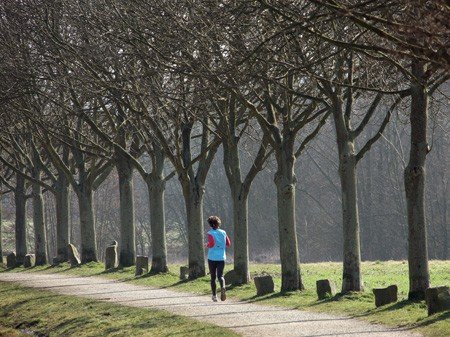
Beuys was keen to point out that ‘the planting of seven thousand oak trees is only a symbolic beginning’. His ambitions cannot be described as anything other than global, intending that his large-scale, long-term artistic, environmental interventions would initiate an ongoing scheme of tree planting to be extended throughout the world as part of a global mission to effect environmental & social change – if only we all had such ambitions!
The ‘7000 Eichen’ project took five years to complete, with the final tree being planted by Beuys’ son, Wenzel, at the opening of Documenta 8 in 1987, a year after Beuys’ death in January 1986. Since then, tree planting and projects associated with ‘7000 Eichen’ have been undertaken in New York and Baltimore, USA, Sydney, Australia, and Oslo, Norway.


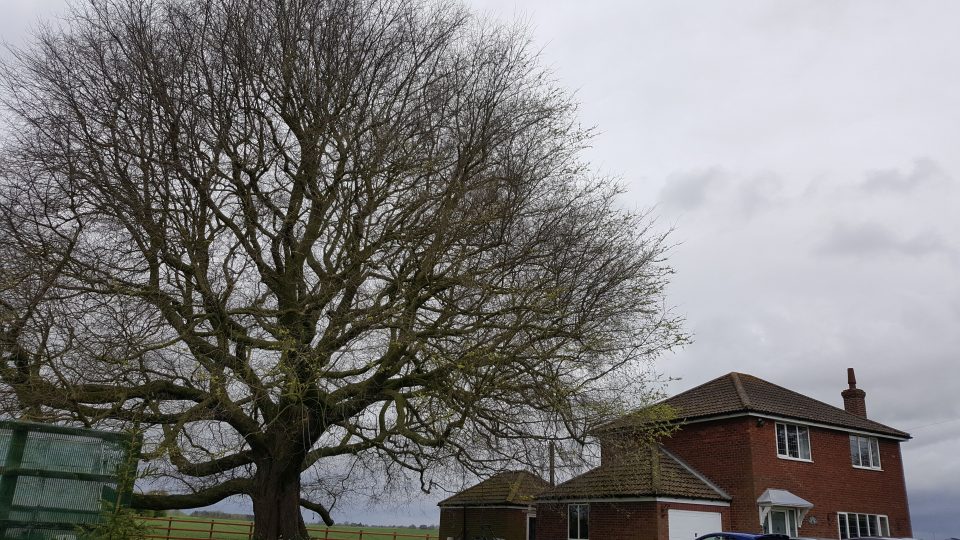
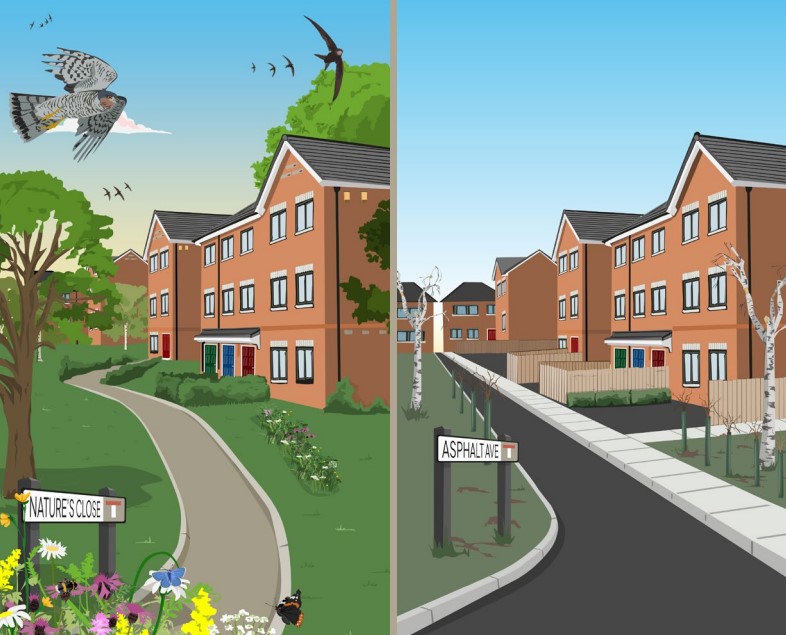
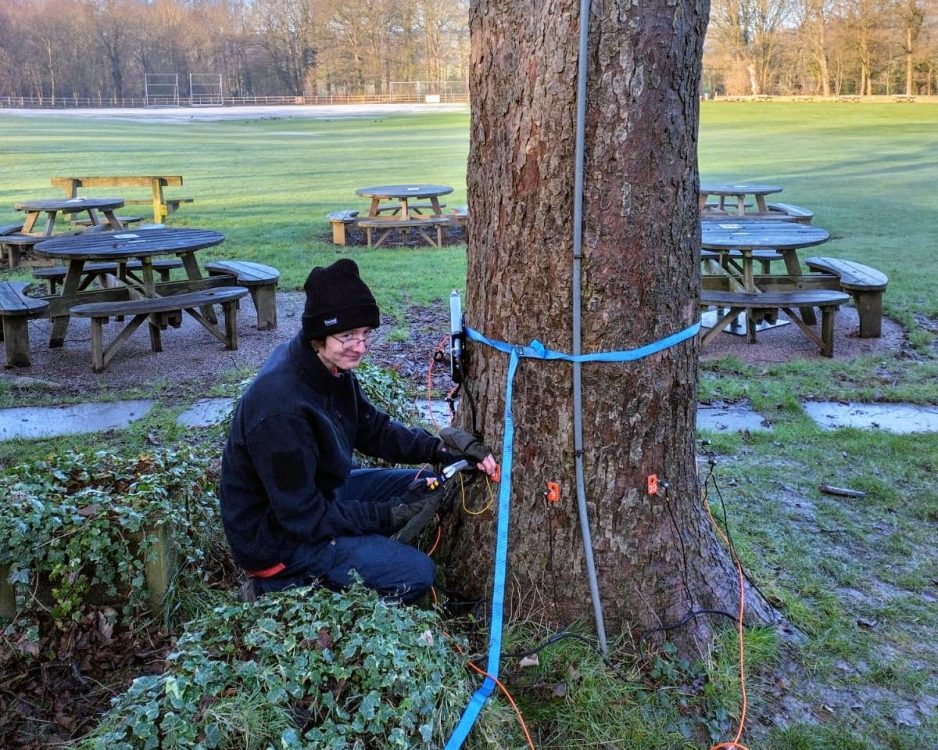
4 Comments
Greetings from the greenest island in all of Gods Creation…
I came across a reference to Joseph Beuys in the Guardian newspaper, and ended up reading an excellent article on your website about the 7000oaks project which he initiated 50 years ago…
Truly there is no end to that which I do not know during this time called Life…
I had never heard of such a thing, and am hugely inspired to think of what Josef Beuys began all those years ago. His oaks must be looking pretty impressive by now…
I work with stone a great deal and loved the connection he made between stone and living trees…
Thank you for your excellent website – continued success as you journey onwards…
Grá agus Solas…
Phil Guiney…
My five children are now all 18+. They each have a tree in their names. Their mum and i met at a Joseph Beuys seminar at Tate Liverpool. We recognised that the revolution is not only us but us and the generations who proceed beyond us. Next spring i am going with my young adults to kassel in germany to plant a tree each there and 1 each here in liverpool that we have grown from seeds in pots. I work as a gardener/potter and all my kids are interestingly creative and compassionate humans. We are all artists.
Many thanks for the comment. It’s great to hear your family’s strong connection with Joseph Beuys and trees! Best, Adam
“Julia’s Garland” (fr. Guirlande de Julie)